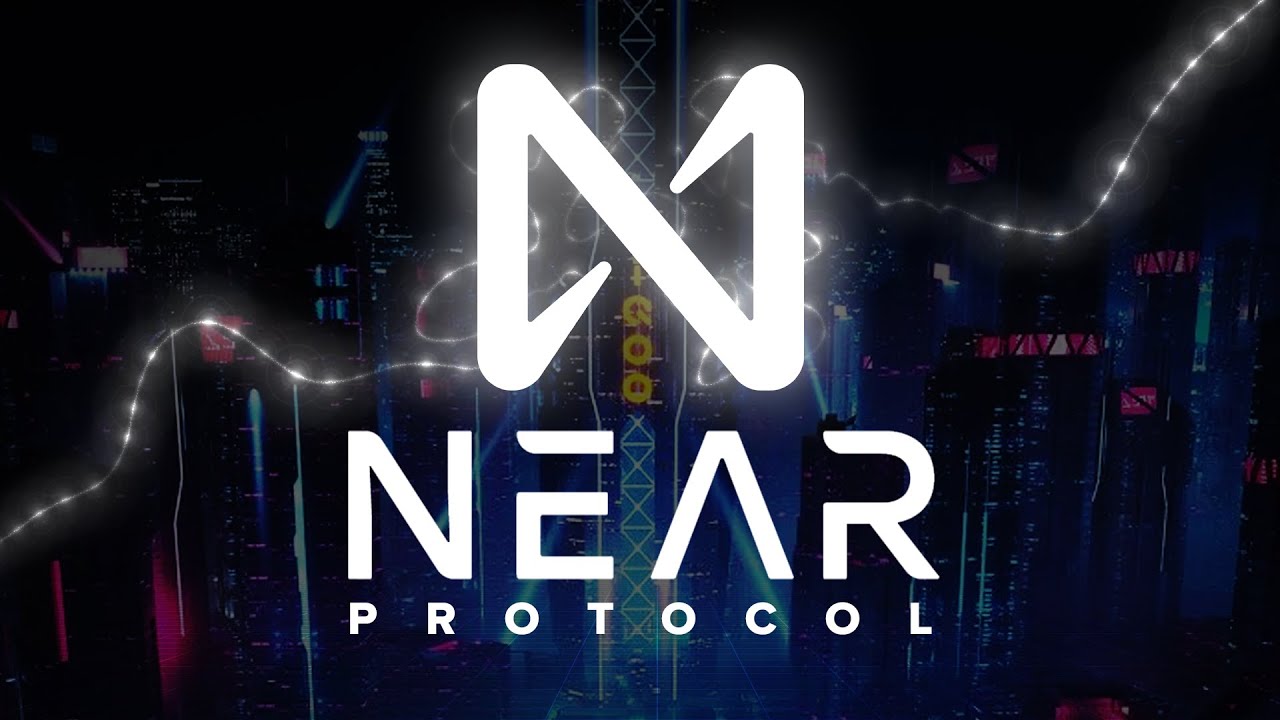In the rapidly evolving world of blockchain technology, scalability, speed, and user experience are crucial factors for the success of any platform. Traditional blockchains, such as Bitcoin and Ethereum, have faced significant challenges in these areas, particularly as their adoption has grown. New blockchain platforms are emerging to address these challenges with innovative solutions designed to enhance performance, reduce costs, and improve the overall user and developer experience.
One of the most promising projects in this space is NEAR Protocol. Near is a high-performance, decentralized platform that aims to offer an efficient and scalable infrastructure for decentralized applications (dApps) and smart contracts. In this article, we will explore what is NEAR Protocol, how it works, what it is used for, and how it compares to other major blockchain projects like Solana and Internet Computer Protocol (ICP). Additionally, we will guide you on purchasing NEAR tokens, the native cryptocurrency of the NEAR Protocol, and discuss its position in the blockchain ecosystem.
What is NEAR Protocol?
NEAR Protocol is a decentralized blockchain platform developed by the Near Foundation. It provides the infrastructure to build and deploy decentralized applications (dApps) and smart contracts. The platform was designed to address two of the most pressing issues in blockchain technology: scalability and user experience.
The project was founded by Alex Skidanov and Illia Polosukhin, who had previously worked at Google and Microsoft. Their goal was to create a blockchain that could scale to make it usable for mainstream applications, keep transaction costs low, and make the platform developer-friendly.
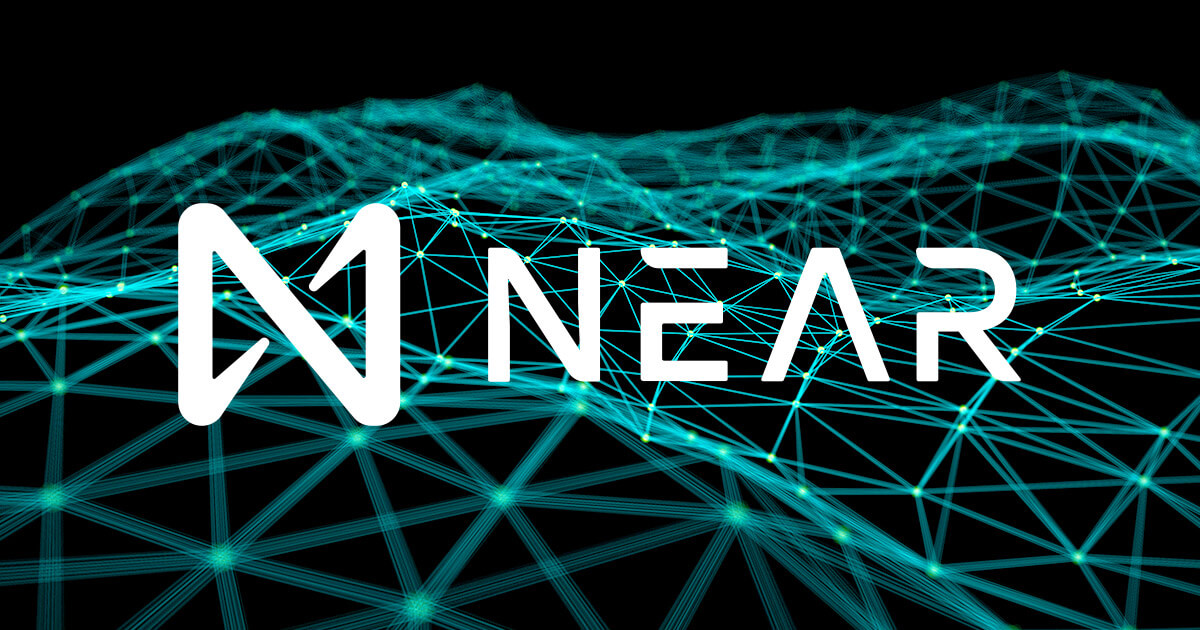
Key Features of NEAR Protocol
-
Sharding Technology
- NEAR Protocol utilizes sharding, a technique that splits the blockchain into smaller segments called shards, which can process transactions independently of each other. This parallel processing capability significantly increases the throughput of the blockchain and helps avoid the bottlenecks that many blockchains face as their user base grows.
- Near’s unique implementation of sharding is designed to dynamically adjust to the network’s needs. This means that as the network becomes more active, more shards are added to handle increased load without sacrificing security or decentralization.
-
Nightshade Consensus Mechanism
- NEAR Protocol uses a novel consensus mechanism called Nightshade, which is a variation of Proof of Stake (PoS). In traditional PoS systems, validators take turns sequentially producing blocks. In contrast, Nightshade divides the process of block production into several smaller parts that are handled by different validators in parallel. This enables NEAR to process thousands of transactions per second while maintaining decentralization.
- Nightshade also facilitates the platform’s scalability. As the network grows, more validators can join, increasing the network’s capacity without reducing performance or increasing fees.
-
Developer-Friendly Design
- NEAR Protocol is highly developer-friendly and designed to simplify the process of building decentralized applications. Developers can use Rust and AssemblyScript (a variant of JavaScript) to write smart contracts, making Near accessible to a broader developer base. The platform also provides extensive documentation and developer tools, reducing the barrier to entry for newcomers.
- Near’s WebAssembly (WASM) support ensures that the applications built on its network are fast and secure. WASM allows developers to write code that runs consistently across different platforms, making it easier to deploy and scale applications.
-
Low Transaction Fees
- One of the key advantages of the NEAR Protocol is its low transaction fees. Unlike Ethereum, which has experienced gas fee spikes during periods of high demand, Near keeps its fees consistently low by optimizing its network with sharding and efficient consensus mechanisms.
- This makes Near an attractive choice for developers building applications that require frequent, low-cost transactions, such as gaming platforms, DeFi protocols, and NFT marketplaces.
-
Interoperability
- NEAR Protocol is designed to be interoperable with other blockchains. Through Rainbow Bridge, a decentralized bridge built by Near, users can easily transfer tokens between Near and other blockchains such as Ethereum. This interoperability expands the possibilities for applications built on Near, enabling cross-chain collaboration.
What is NEAR Protocol Used For?
NEAR Protocol has a wide range of potential use cases thanks to its high scalability, low transaction costs, and robust developer ecosystem. Here are some of the primary ways NEAR Protocol is being used:
1. Building Decentralized Applications (dApps)
At its core, NEAR Protocol is designed to enable the development of decentralized applications (dApps). dApps are applications that run on a decentralized network instead of relying on a central authority (like a server) for data storage and processing.
Near’s scalable architecture allows it to handle large volumes of transactions, making it ideal for dApps that require high throughput. The platform’s ease of use and developer-friendly tools further enhance its appeal for developers looking to build applications that can scale with user demand.
Some examples of dApps on Near include:
- Mintbase: A decentralized platform that allows users to create and trade NFTs.
- Paras: An NFT marketplace focused on digital art.
- Ref Finance: A decentralized exchange (DEX) that allows users to trade digital assets without relying on intermediaries.
These applications leverage Near’s high throughput, low fees, and secure infrastructure to offer seamless user experiences in the rapidly growing fields of NFTs, DeFi, and beyond.
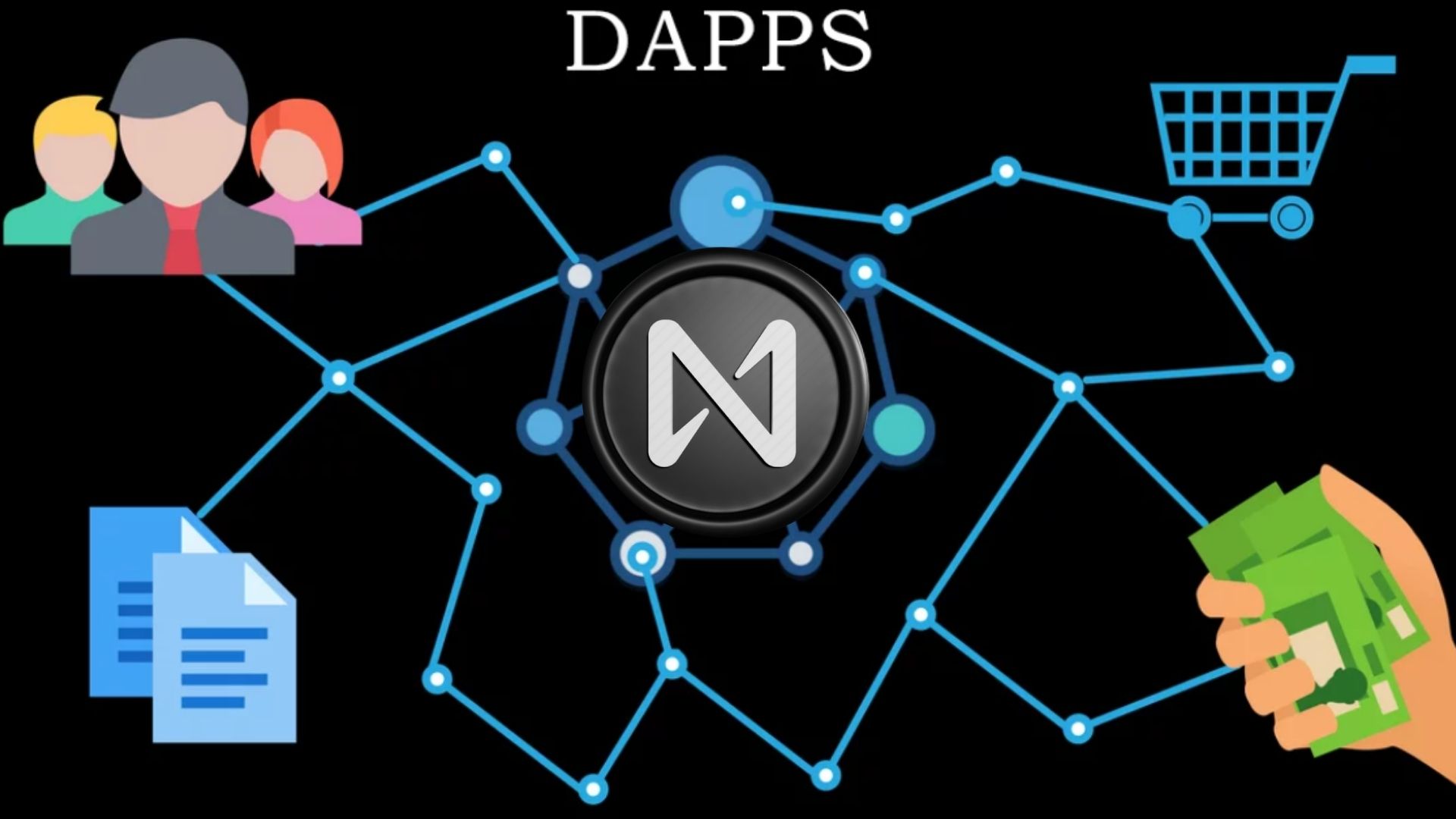
2. Smart Contracts
NEAR Protocol supports the creation of smart contracts, self-executing agreements that automatically execute the terms of a contract once predetermined conditions are met. Smart contracts on Near are written in Rust and AssemblyScript, making them both powerful and flexible.
Smart contracts are used for a variety of purposes, such as automating financial transactions, ensuring transparency in business deals, or creating complex dApps. Due to the platform’s scalability, NEAR Protocol can handle more complex smart contract executions without experiencing network congestion or high transaction fees.
3. Decentralized Finance (DeFi)
NEAR Protocol plays a significant role in the DeFi (decentralized finance) space. DeFi applications are blockchain-based alternatives to traditional financial services, such as lending, borrowing, and trading, all built on decentralized networks without intermediaries.
The low transaction fees and high throughput provided by Near make it an attractive platform for DeFi applications, which require both scalability and efficiency. Projects like Ref Finance, a decentralized exchange (DEX) built on Near, are leading the way in providing financial services without relying on centralized authorities.
4. NFTs and Gaming
The popularity of NFTs (non-fungible tokens) has exploded in recent years, and NEAR Protocol has positioned itself as a go-to platform for minting, buying, and selling NFTs.
The scalability of Near allows it to support NFT marketplaces with low fees and fast transactions, making it a favorable platform for artists, creators, and collectors. Platforms like Mintbase allow users to create and trade NFTs easily on the Near blockchain.
In the world of gaming, NEAR Protocol’s low fees and fast transaction speeds are critical for enabling the trade of in-game assets and tokens. Developers building blockchain-based games can benefit from Near’s efficient infrastructure, which ensures smooth gameplay and the secure exchange of virtual items.
How to Buy Near Protocol (NEAR)
If you’re looking to invest in NEAR tokens, which are used for transactions and governance within the NEAR Protocol ecosystem, here’s how you can do it:
1. Choose a Cryptocurrency Exchange
To purchase NEAR tokens, you need to use a cryptocurrency exchange that supports the token. Some of the most popular exchanges where you can buy NEAR include:
- FMCPAY Exchange
- Binance
- Coinbase
- Kraken
- FTX
- KuCoin
Each exchange will have different methods for purchasing NEAR, such as using fiat (USD, EUR) or other cryptocurrencies (BTC, ETH). Be sure to select an exchange that is available in your region.
2. Create an Account
Once you’ve chosen an exchange, you’ll need to create an account. This typically requires submitting some personal information for KYC (Know Your Customer) verification.
3. Deposit Funds
After your account is set up, you’ll need to deposit funds. Most exchanges accept payments via bank transfer, credit card, or crypto deposits. Choose the payment method that works best for you.
4. Buy NEAR Tokens
Once your funds are available in your exchange account, navigate to the trading section of the exchange, search for NEAR in the available markets (e.g., NEAR/USD, NEAR/BTC), and place a buy.
5. Store Your NEAR Tokens
After purchasing NEAR, it’s highly recommended to store your tokens in a secure wallet. While exchanges provide wallets, they are not the safest place to keep your crypto for the long term. You can use:
- Near Wallet: The official wallet for storing, sending, and receiving NEAR tokens.
- Hardware Wallets: For maximum security, consider using hardware wallets like Ledger or Trezor.
6. Keep Your Tokens Secure
Always use security measures like two-factor authentication (2FA) on exchanges and keep your private keys safe.
How to Buy Near Protocol (NEAR) on FMCPAY
If you’re looking for a simple and secure way to purchase NEAR tokens, FMCPAY provides an easy option for buying NEAR directly using traditional payment methods like credit cards or bank transfers. FMCPAY is a payment platform that allows users to buy various cryptocurrencies, including NEAR, with ease.
Here’s a step-by-step guide to buying NEAR tokens on FMCPAY:
1. Create an Account on FMCPAY
To get started, you first need to create an account on FMCPAY. Visit the FMCPAY website and sign up by providing your email address, choosing a password, and verifying your account. FMCPAY may ask you to complete a Know Your Customer (KYC) verification process, which typically involves submitting an ID and proof of residence to comply with regulations.
> Click [HERE] to join the Best Event of the Year
2. Deposit Funds
After setting up your account, you can deposit funds into your FMCPAY account. FMCPAY supports a variety of payment methods, including credit cards, debit cards, and bank transfers. Choose the payment method that works best for you.
- Credit/Debit Cards: The fastest way to fund your account is by using a credit or debit card. FMCPAY supports popular cards like Visa and Mastercard.
- Bank Transfers: If you’re looking to deposit a larger sum, you can use a bank transfer. Keep in mind that bank transfers may take a little longer to process.
3. Search for NEAR Token
Once your account is funded, head to the buy crypto section of FMCPAY’s platform. From here, you can search for NEAR or NEAR Protocol. You’ll be presented with the option to buy NEAR using the funds in your FMCPAY account.
4. Choose Your Purchase Amount
Select the amount of NEAR you wish to buy. You can specify the number of NEAR tokens or the amount in your local currency (USD, EUR, etc.) that you wish to spend. FMCPAY will automatically calculate how many NEAR tokens you’ll receive based on the current market price.
5. Confirm the Transaction
After confirming the amount of NEAR you want to purchase, FMCPAY will show a breakdown of the transaction, including any fees and the total cost. If everything looks good, you can proceed to confirm the purchase.
6. Securely Store Your NEAR Tokens
Once your transaction is processed, your NEAR tokens will be credited to your FMCPAY wallet. For added security and long-term storage, it is advisable to transfer your NEAR tokens to a secure wallet. You can use wallets like Near Wallet, which is designed specifically for holding and managing NEAR tokens, or hardware wallets for the utmost security.
7. Start Using Your NEAR Tokens
Now that you have NEAR tokens in your possession, you can use them to interact with the NEAR Protocol ecosystem. You can participate in decentralized applications (dApps), trade NFTs, engage in DeFi protocols, or simply hold them as an investment.
NEAR Protocol vs Solana
Solana and NEAR Protocol are both high-performance blockchains aimed at solving the scalability issue in the crypto ecosystem. However, they employ different approaches to achieve this goal.
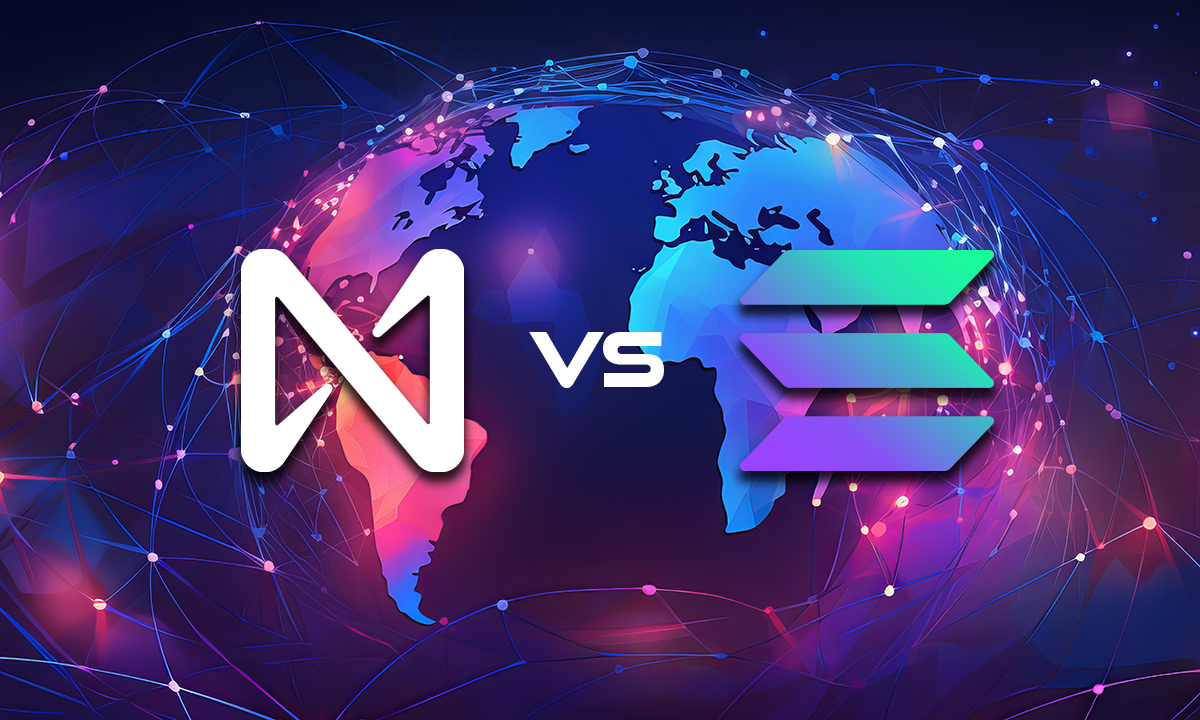
1. Consensus Mechanism
- NEAR Protocol uses Nightshade, a variation of Proof of Stake (PoS) with parallel block production through sharding.
- Solana uses Proof of History (PoH) combined with Proof of Stake (PoS), which timestamps transactions to order them efficiently.
2. Speed and Scalability
- NEAR Protocol scales using sharding, dividing the network into smaller shards that process transactions in parallel.
- Solana claims to process up to 65,000 transactions per second due to its efficient PoH mechanism.
3. Ecosystem
- NEAR focuses on user and developer experience, with low fees and easy-to-use development tools.
- Solana has been optimized for DeFi and large-scale applications.
NEAR Protocol vs ICP (Internet Computer Protocol)
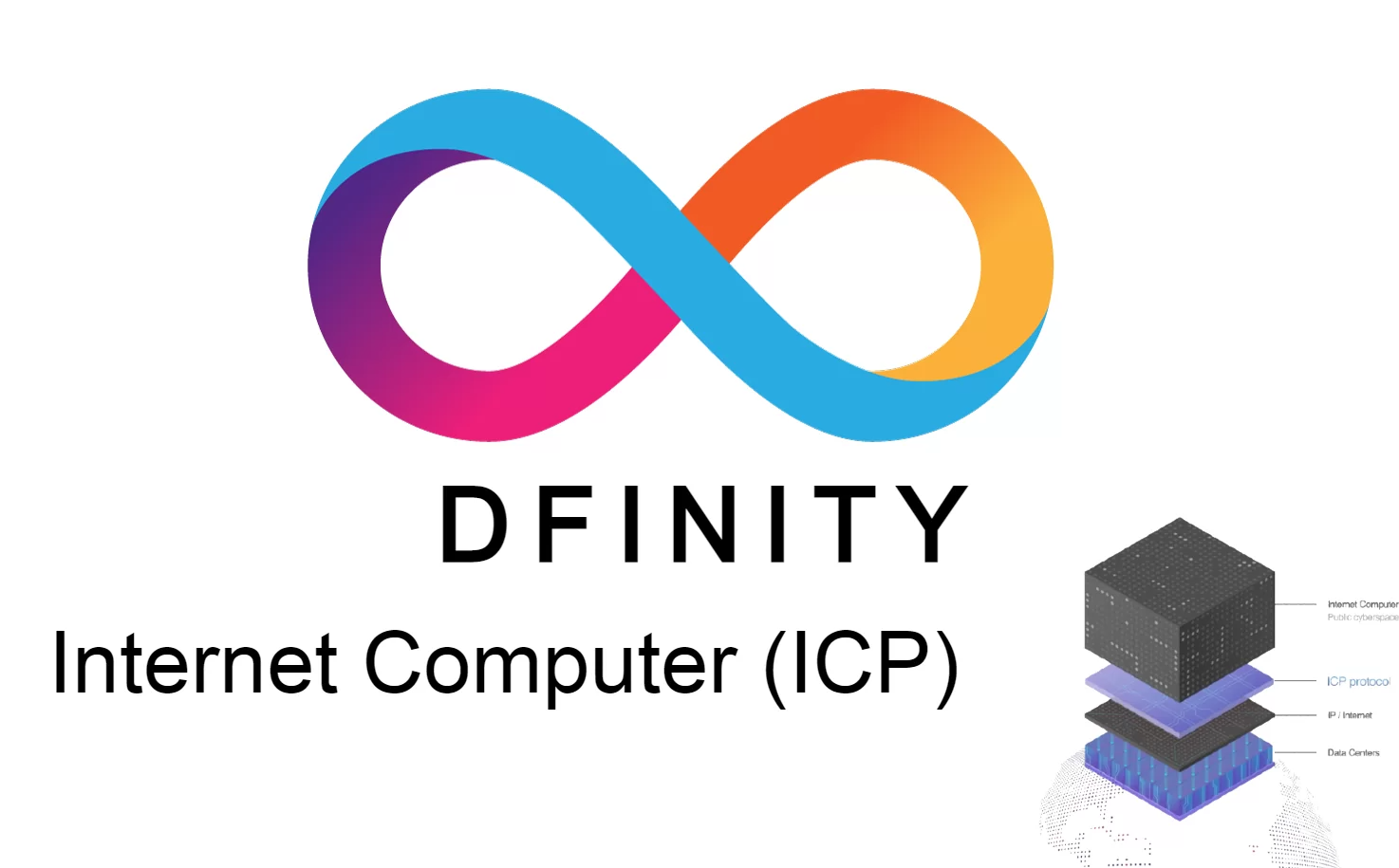
ICP is another blockchain project focused on decentralizing the internet, but it differs from NEAR Protocol in several ways:
1. Scalability and Architecture
- NEAR scales using sharding, while ICP uses Threshold Relay to achieve scalability.
- NEAR focuses on decentralizing applications, while ICP aims to replace cloud services and provide a decentralized internet infrastructure.
2. Developer Ecosystem
- NEAR supports common programming languages like Rust and AssemblyScript, while ICP uses the Motoko language.
3. Use Cases
- NEAR is suited for dApp development and DeFi applications.
- ICP is better for creating web services and decentralizing the internet itself.
Conclusion
NEAR Protocol is a powerful, scalable, and developer-friendly platform that is paving the way for the next generation of decentralized applications and smart contracts. Its innovative approach to scalability, low transaction fees, and strong developer ecosystem make it a top contender in the blockchain space.
Whether you’re a developer looking to build the next big dApp, an investor interested in the future of decentralized technology, or a user exploring blockchain-powered applications, Near Protocol offers a robust infrastructure that addresses the challenges faced by other blockchains.
As the blockchain ecosystem continues to grow and evolve, Near Protocol is poised to play a key role in shaping the future of decentralized applications, Web3, and beyond.

